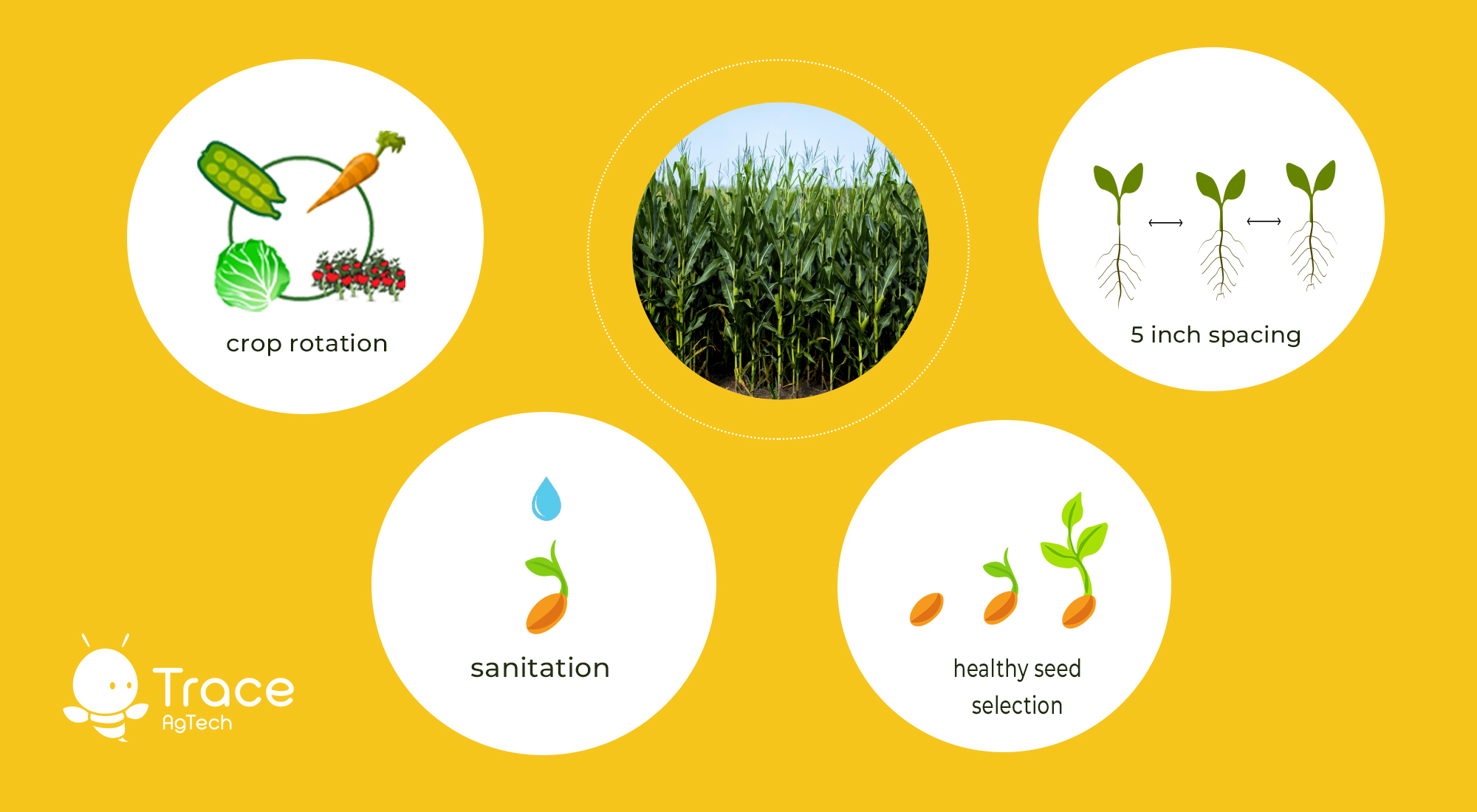Red Rot Management Strategies for Sustainable Farming: A Comprehensive Approach to Secure Crop Health
Agriculture forms the backbone of our society, providing food and resources essential for human survival. However, farmers constantly face challenges, and one such menace is red rot disease. Red rot is a devastating fungal infection that primarily affects sugarcane crops, resulting in significant economic losses. In this blog, we will explore the causes, symptoms, and potential consequences of red rot, and delve into a range of sustainable management strategies to combat this disease effectively.
Understanding Red Rot Disease
Red rot disease is caused by the fungal pathogen Colletotrichum falcatum, and it is one of the most notorious pathogens affecting sugarcane crops worldwide. The fungus thrives in warm and humid conditions, gaining access to plants through wounds or natural openings. It then colonizes the vascular tissues, impeding the flow of nutrients and water and ultimately leading to the death of the infected plant.
Recognizing Red Rot Symptoms
Recognizing the early signs of red rot is crucial for effective management. Initially, infected sugarcane plants exhibit small, water-soaked lesions on the stalks and leaves. As the disease progresses, the lesions enlarge and turn dark red or brown. The infected plants may also show stunted growth and poor cane formation. Regular scouting and monitoring are essential to identify and contain red rot outbreaks.
Cultural Management Practices
Promoting crop health through cultural practices is an integral part of sustainable farming. Adopting the following practices can reduce the risk of red rot infection:
- Crop Rotation: Practicing crop rotation with non-susceptible crops can break the disease cycle, as the fungus cannot survive on alternate hosts.
- Sanitation: Properly disposing of crop residues and infected plant material prevents the buildup of inoculum and curtails the disease’s spread.
- Healthy Seed Selection: Planting disease-free and high-quality seed cane can significantly reduce the likelihood of introducing the pathogen to the field.
- Adequate Spacing: Providing sufficient spacing between plants improves airflow, reducing humidity levels, which discourages the proliferation of the fungus.

Biological Control Methods
Utilizing biological control agents can be a sustainable and eco-friendly approach to managing red rot:
- Trichoderma spp.: Certain species of Trichoderma fungi have shown antagonistic properties against Colletotrichum falcatum, making them effective biocontrol agents.
- Pseudomonas spp.: Some strains of Pseudomonas bacteria produce secondary metabolites that inhibit the growth of the red rot pathogen.
By integrating these beneficial organisms into the soil or applying them as foliar sprays, farmers can enhance the plant’s defense mechanisms and suppress the red rot pathogen’s activity.
Chemical Control Measures
While minimizing chemical intervention is preferable for sustainable farming, judicious use of fungicides can be necessary in severe red rot outbreaks:
- Systemic Fungicides: Applying systemic fungicides directly to the plant’s base allows them to be absorbed and distributed within the plant, offering protection against red rot.
- Protective Fungicides: These fungicides form a protective barrier on the plant surface, preventing the entry of the pathogen.
Farmers should adopt Integrated Pest Management (IPM) practices to optimize fungicide use, ensuring minimal environmental impact while maximizing disease control.
Resistant Varieties
Plant breeding programs have made significant strides in developing red rot-resistant sugarcane varieties. These resistant varieties not only reduce disease incidence but also contribute to the long-term sustainability of sugarcane farming by minimizing chemical usage and losses due to red rot.
Conclusion
Red rot disease poses a significant threat to sugarcane crops, impacting farmers’ livelihoods and global sugar production. Embracing sustainable red rot management strategies, such as cultural practices, biological control, and resistant varieties, is essential to mitigate the disease’s impact effectively. By promoting healthy crops and minimizing chemical interventions, farmers can ensure a secure future for sugarcane farming while preserving the environment for generations to come. Continuous research and adaptation of innovative techniques will remain crucial in our ongoing battle against red rot and in achieving a sustainable and thriving agriculture sector.

Any comments?